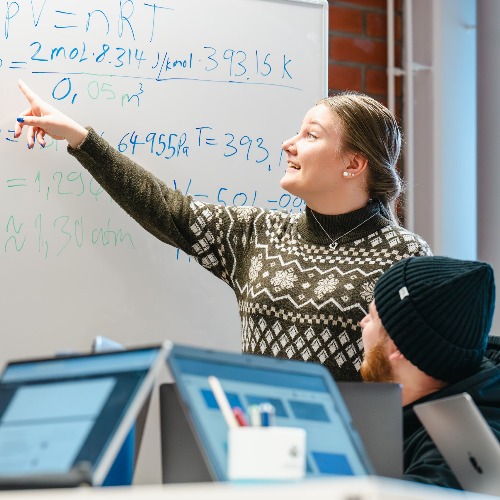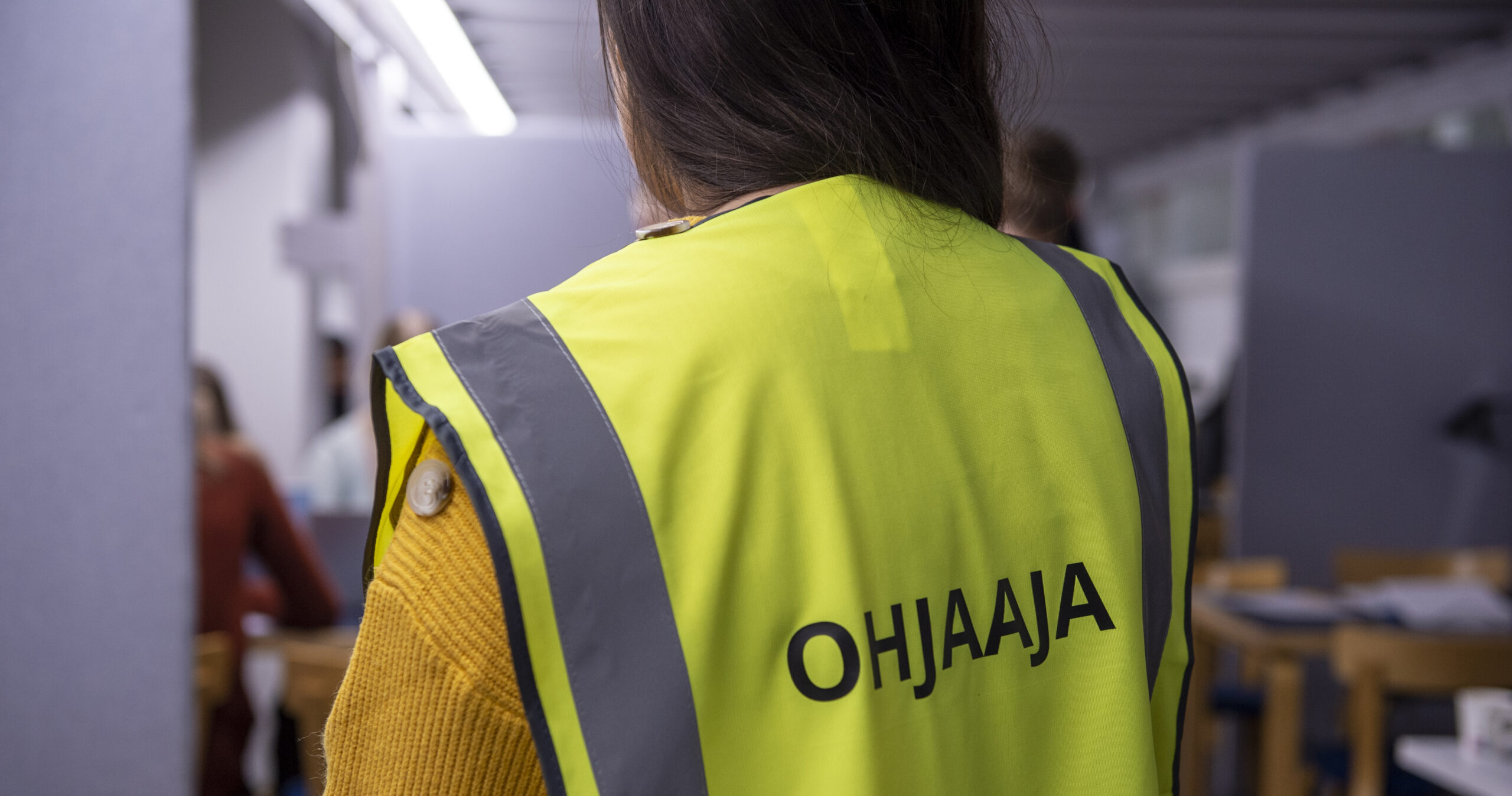
Extreme Apprenticeship
An traditional practice for learning skills is that a novice learns from a more experienced master. For example, a tailor’s apprentice observes what the tailor does and then tries the same thing with the tailor’s support. However, in the modern world, many of the skills to be learned are not as tangible as, say, making a shoe. Nevertheless, the same approach, where the learner learns from the more experienced members of their community, can be applied to teaching skills such as reading, arithmetic, problem-solving, or any cognitive skill. This is addressed by the method of Extreme Apprenticeship method.
The Extreme Apprenticeship method focuses on developing expertise and teaching arrangements that facilitate this. Learning is based on the active engagement of the student, who receives individualized tutoring. In the tutoring sessions students come together to work on tasks and ask for help with things they do not understand. The teachers of these tutoring sessions are students. The instruction provided by these peer teachers is systematically and integrated into the course structure.
Literature
Rämö, J., Reinholz, D., Häsä, J. et al. Extreme Apprenticeship: Instructional Change as a Gateway to Systemic Improvement. Innov High Educ 44, 351–365 (2019). https://doi.org/10.1007/s10755-019-9467-1
Rämö, J., Lahdenperä, J., & Häsä, J. (2020). The Extreme Apprenticeship Method. PRIMUS, 31(10), 1106–1120. https://doi.org/10.1080/10511970.2020.1818332
Contact
Johanna Rämö, [email protected]

Vertaisopettajat käyttävät kirkasvärisiä huomioliivejä, joista on tullut kisällioppimisen symboli.
